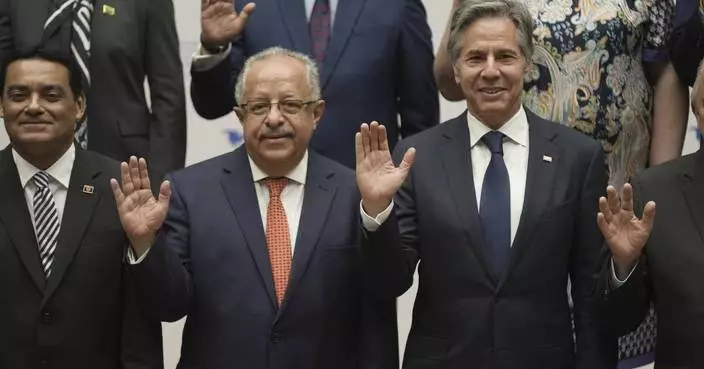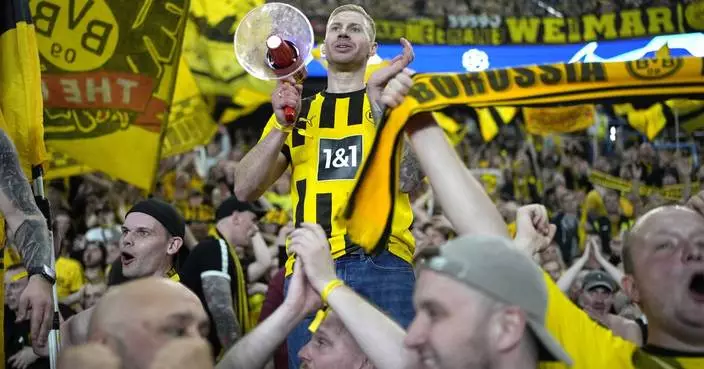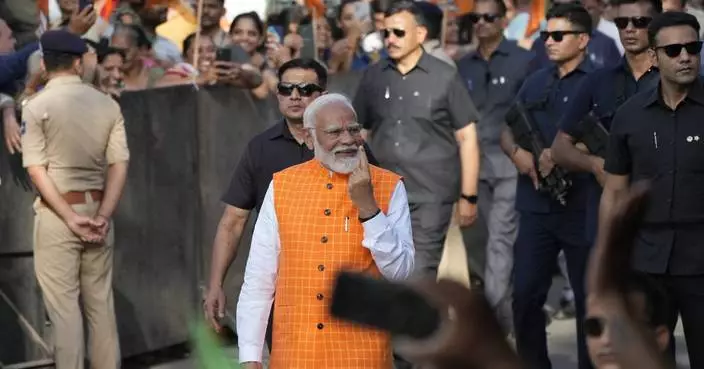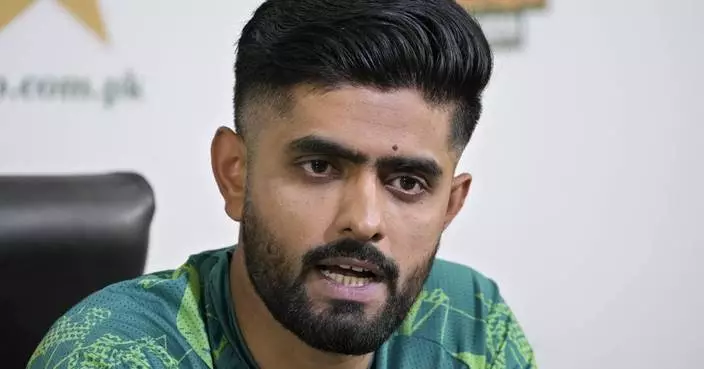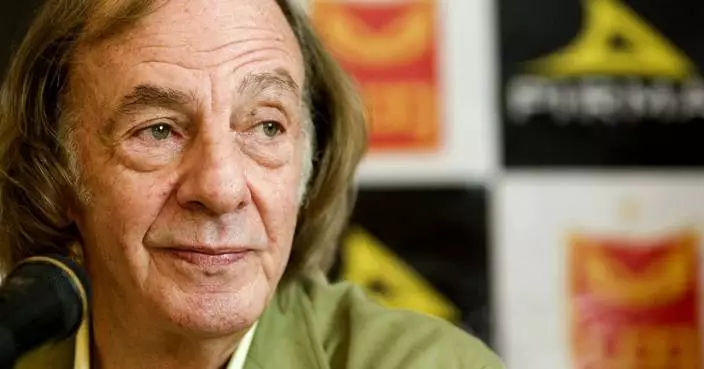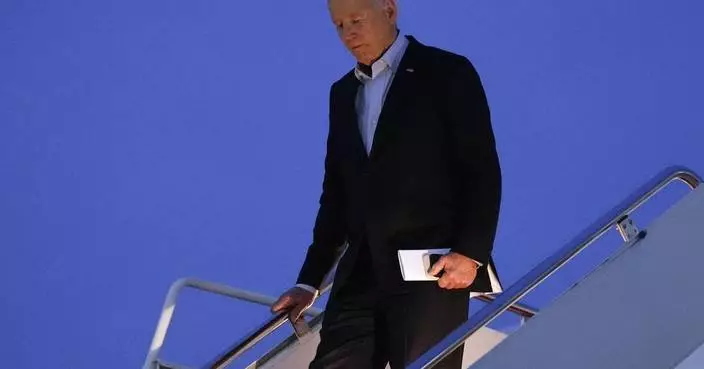An order, sent by Nagaland state officials earlier this month, made clear this was no ordinary time for the state's power authority.
In this corner of India's far northeast, where electricity is sometimes available for just a few hours a day, engineers, supervisors and switchboard operators were "directed to remain vigilant in their respective duties." Extra staff members were put on standby. Drivers were instructed to be at the ready. Everyone was told they could be called in for emergencies.
Click to Gallery
In this Wednesday, June 27, 2018,photo, people watch the Group F World Cup soccer match between South Korea and Germany in Kohima, capital of the northeastern Indian state of Nagaland. Soccer fervor is felt mostly deeply in Nagaland, Manipur, Meghalaya and Mizoram, four of the seven states that dangle off India's northeast. The region is, in many ways, a stepchild, a place where most people trace their ethnic roots to Myanmar or China, and where a thicket of separatist militias have waged decades-long fights for independence. (AP Photo/Yirmiyan Arthur)
An order, sent by Nagaland state officials earlier this month, made clear this was no ordinary time for the state's power authority.
Why? "For smooth maintenance of power supply during the World Cup matches," the order read.
"Soccer was the first game we were introduced to," says the 34-year-old Longrangty Longchar. "The World Cup is more like an important religious event." Another Kohima resident, Sophy Lasuh Kesiezie, loves how she can tell when someone scores by the screams and shouts that rattle through town.
In this Wednesday, June 27, 2018,photo, people watch the Group F World Cup soccer match between South Korea and Germany in Kohima, capital of the northeastern Indian state of Nagaland. Soccer fervor is felt mostly deeply in Nagaland, Manipur, Meghalaya and Mizoram, four of the seven states that dangle off India's northeast. The region is, in many ways, a stepchild, a place where most people trace their ethnic roots to Myanmar or China, and where a thicket of separatist militias have waged decades-long fights for independence. (AP Photo/Yirmiyan Arthur)
In this Wednesday, June 27, 2018, photo, Naga women walk past houses decked with flags of various FIFA World Cup participating nations, in Kohima, capital of the northeastern Indian state of Nagaland. In India, where cricket is one of the few things that knit together this disparate nation, the people of the distant northeast see glory in a different sport: Soccer. The fervor for soccer is felt deeply in Nagaland. (AP Photo/Yirmiyan Arthur)
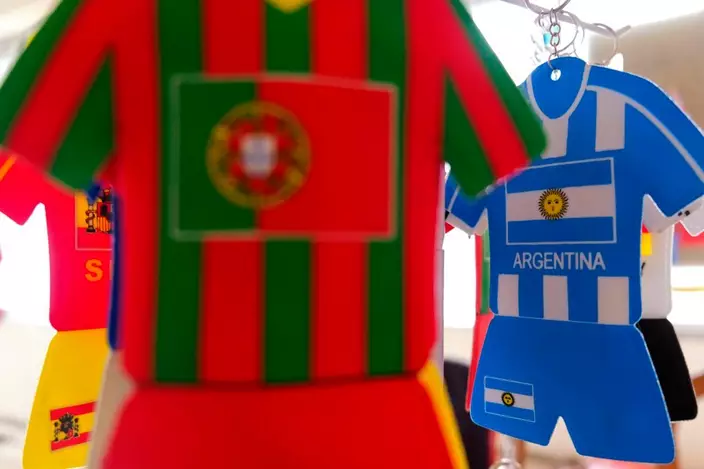
In this Monday, June 25, 2018, photo, soccer paraphernalia hang on display at a makeshift shop in Kohima, capital of the northeastern Indian state of Nagaland. In India, where cricket is one of the few things that knit together this disparate nation, the people of the distant northeast see glory in a different sport: Soccer. The fervor for soccer is felt deeply in Nagaland. (AP Photo/Yirmiyan Arthur)
Why? "For smooth maintenance of power supply during the World Cup matches," the order read.
In this part of India, there's no messing about when it comes to soccer. Especially not during the World Cup.
In the village of Ringui, match days find people walking along dirt roads carrying televisions, searching for neighbors who have the right cable connection or a more dependable electricity supply. In the little town of Mokokchung, the flags of Argentina, Brazil, Germany and Spain fly above concrete homes. In Ungma, a banner proclaiming "Welcome to Russia" welcomes visitors. In the town of Kohima, an entire house goes to bed without dinner, upset after Argentina lost to Croatia.
The fervor for soccer is felt mostly deeply in Nagaland, Manipur, Meghalaya and Mizoram, four of the seven states that dangle off India's northeast. The region is, in many ways, a stepchild to the rest of the country, a place where most people trace their ethnic roots to Myanmar or China, and where a thicket of separatist militias have waged decades-long fights for independence. In a largely Hindu country, much of the northeast is Christian.
Elsewhere in India, only one sport matters: Cricket. There's cricket on TV, cricket on the radio and tens of thousands of matches played across India every day in alleys, streets and dirt fields. It is one of the few things that knit together this disparate nation of 1.3 billion.
"The cliche is true," journalist Anurag Verma wrote recently. "Cricket is a religion in our country. And the cricketers are its gods."
Except in places like Kohima, the capital of Nagaland.
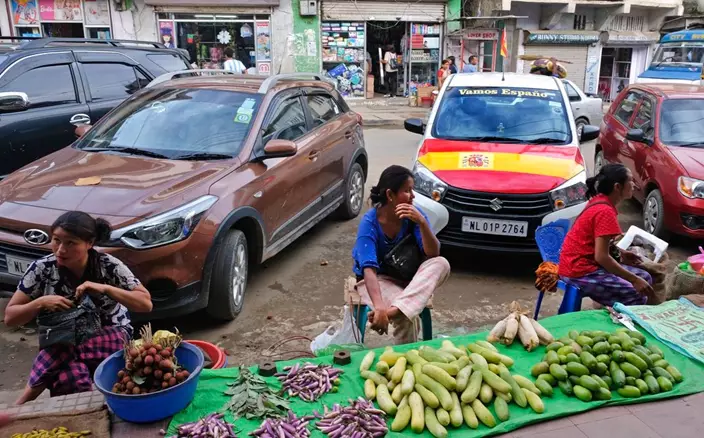
In this Saturday, June 23, 2018, photo, women vendors display their ware on a pavement, in front of a car painted in the colors of the national flag of Spain, in Kohima, capital of the northeastern Indian state of Nagaland. The fervor for soccer is felt mostly deeply in Nagaland, Manipur, Meghalaya and Mizoram, four of the seven states that dangle off India's northeast. (AP Photo/Yirmiyan Arthur)
"Soccer was the first game we were introduced to," says the 34-year-old Longrangty Longchar. "The World Cup is more like an important religious event." Another Kohima resident, Sophy Lasuh Kesiezie, loves how she can tell when someone scores by the screams and shouts that rattle through town.
What explains this love of soccer? No one is sure. Maybe it came from the Christian missionaries who arrived in the 19th century. Some inspiration probably came from British colonials. In Nagaland, Talimeren Ao, a small-town doctor and captain of India's 1948 Olympic soccer team, inspired generations of players.
Or maybe, in a place that stands apart from the rest of India, it's just one more way for northeasterners to revel in what makes them different.

In this Tuesday, June 19, 2018, photo, Kheto Rhosu, 21, washes his soccer boots after playing a game with friends in Kigwema, the the northeastern Indian state of Nagaland. In India, where cricket is one of the few things that knit together this disparate nation, the people of the distant northeast see glory in a different sport: Soccer. (AP Photo/Yirmiyan Arthur)
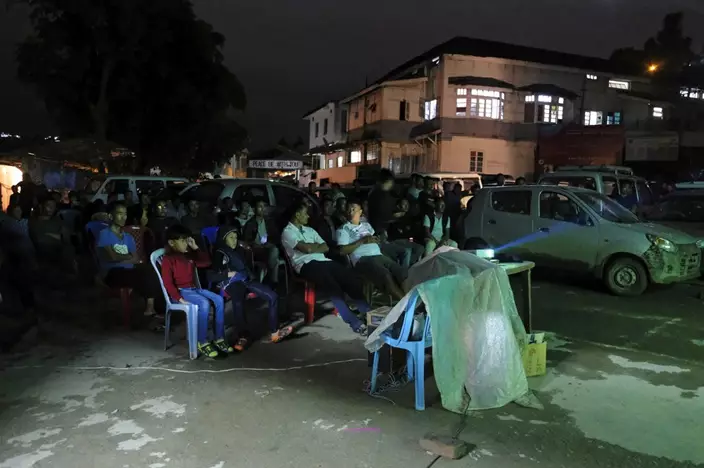
In this Wednesday, June 27, 2018,photo, people watch the Group F World Cup soccer match between South Korea and Germany in Kohima, capital of the northeastern Indian state of Nagaland. Soccer fervor is felt mostly deeply in Nagaland, Manipur, Meghalaya and Mizoram, four of the seven states that dangle off India's northeast. The region is, in many ways, a stepchild, a place where most people trace their ethnic roots to Myanmar or China, and where a thicket of separatist militias have waged decades-long fights for independence. (AP Photo/Yirmiyan Arthur)

In this Wednesday, June 27, 2018, photo, Naga women walk past houses decked with flags of various FIFA World Cup participating nations, in Kohima, capital of the northeastern Indian state of Nagaland. In India, where cricket is one of the few things that knit together this disparate nation, the people of the distant northeast see glory in a different sport: Soccer. The fervor for soccer is felt deeply in Nagaland. (AP Photo/Yirmiyan Arthur)
SURREY, British Columbia (AP) — Three Indian men charged with killing Sikh separatist leader Hardeep Singh Nijjar in British Columbia last year have appeared in court in the case that set off a diplomatic spat after Canadian Prime Minister Justin Trudeau said there were “credible allegations” of Indian involvement.
Canadian police had arrested the three Indian men last week in Edmonton, Alberta, and they have been charged with first-degree murder and conspiracy to commit murder.
Canadian Mounted Police Superintendent Mandeep Mooker said Friday that the investigation into whether the men had ties to India's government was ongoing.
Nijjar, 45, was shot to death in his pickup truck last June after he left the Sikh temple he led in the city of Surrey. An Indian-born citizen of Canada, he owned a plumbing business and was a leader in what remains of a once-strong movement to create an independent Sikh homeland. India designated him a terrorist in 2020 and at the time of his death had been seeking his arrest for alleged involvement in an attack on a Hindu priest.
India has denied involvement in the slaying. In response to the allegations, India told Canada last year to remove 41 of its 62 diplomats in the country. Tensions remain but have somewhat eased since.
The arrested men — Kamalpreet Singh, 22, Karan Brar, 22, and Karanpreet Singh, 28 — appeared in court Tuesday via a video link and agreed to a trial in English. They were ordered to appear in British Columbia Provincial Court again on May 21.
Brar and Karanpreet Singh appeared in the morning. Kamalpreet’s appearance was delayed until the afternoon as he waited to speak to a lawyer.
The small provincial courtroom was filled with spectators during the morning session. Others crowded into an overflow room to watch the proceedings via video.
Richard Fowler, the defense lawyer representing Brar, said the case will eventually be moved to the Supreme Court and combined into one case.
About 100 people gathered outside the courthouse waving yellow flags and holding photos of Indian government officials whom they accuse of being involved in Nijjar’s killing.
Canadian police say the three suspects had been living in Canada as non-permanent residents.
A bloody decadelong Sikh insurgency shook north India in the 1970s and 1980s until it was crushed in a government crackdown in which thousands of people were killed, including prominent Sikh leaders.
The Khalistan homeland movement has lost much of its political power but still has supporters in the Indian state of Punjab, as well as in the sizable overseas Sikh diaspora. While the active insurgency ended years ago, the Indian government has repeatedly warned that Sikh separatists were trying to make a comeback.

In this photograph taken with a drone, people sit on the front lawn of the Guru Nanak Sikh Gurdwara, in Surrey, B.C. on Friday, May 3, 2024. (Ethan Cairns/The Canadian Press via AP)
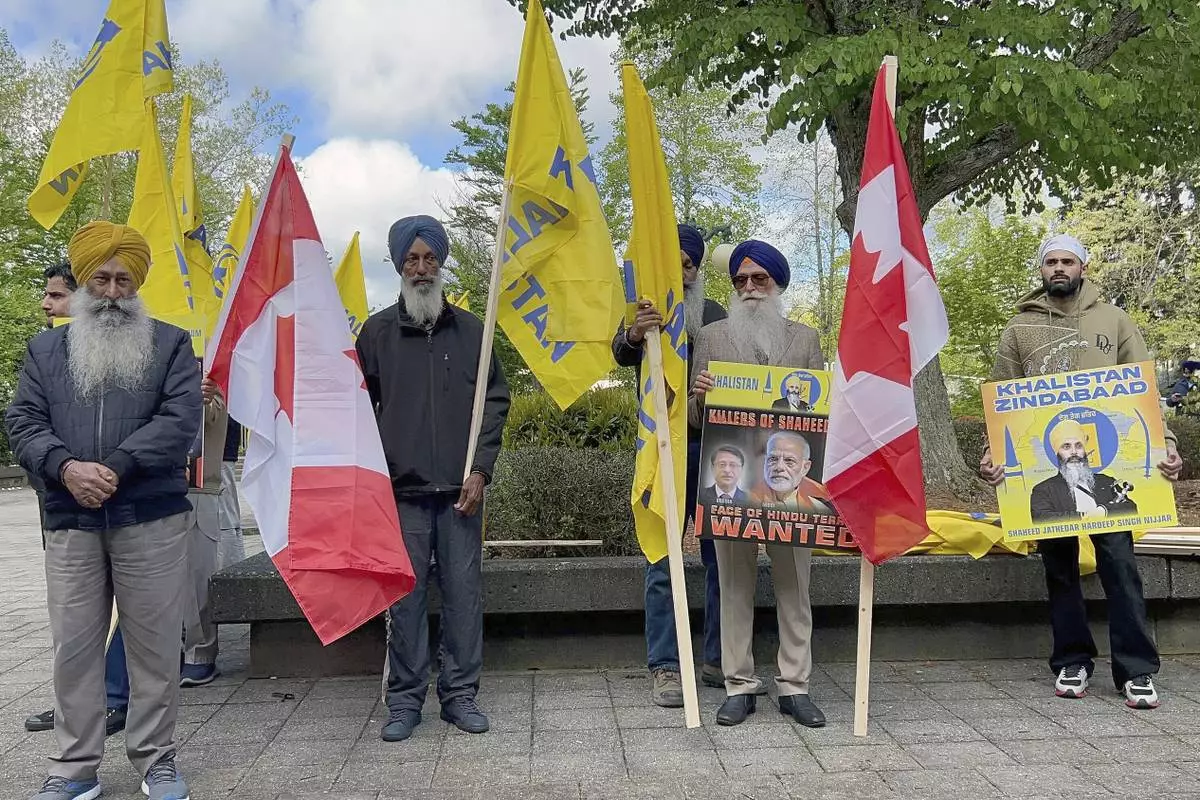
Members of British Columbia's Sikh community gather in front of the courthouse in Surrey, British Columbia, Tuesday, May 7, 2024. Three men accused of murdering temple leader Hardeep Singh Nijjar made their first court appearance by video. (Chuck Chiang/The Canadian Press via AP)
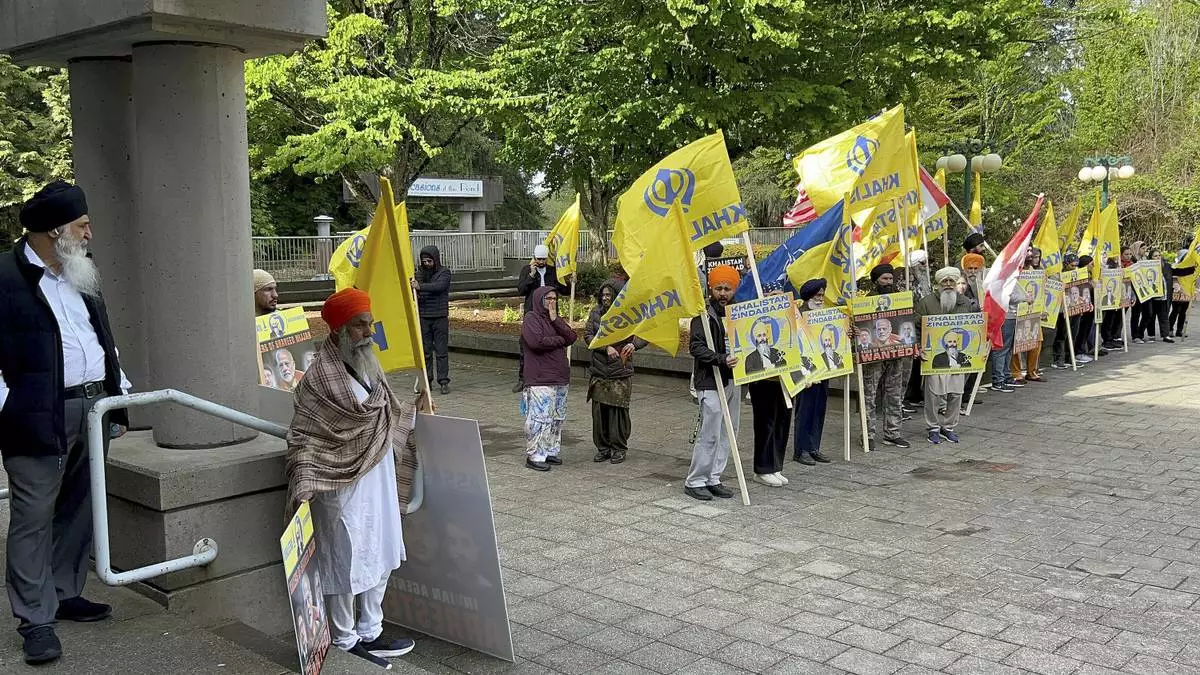
Members of British Columbia's Sikh community gather in front of the courthouse in Surrey, British Columbia, Tuesday, May 7, 2024. Three men accused of murdering temple leader Hardeep Singh Nijjar made their first court appearance by video. (Chuck Chiang/The Canadian Press via AP)

This undated photo released by the Royal Canadian Mounted Police shows suspect Karan Brar, who was arrested in Edmonton, Alberta, on Friday, May 3, 2024, in the slaying of Hardeep Singh Nijjar. Canadian police say they arrested three suspects in the slaying of the Sikh separatist leader last June that become the center of a diplomatic spat with India, and are investigating possible ties between the detainees and the Indian government. (Royal Canadian Mounted Police via AP)
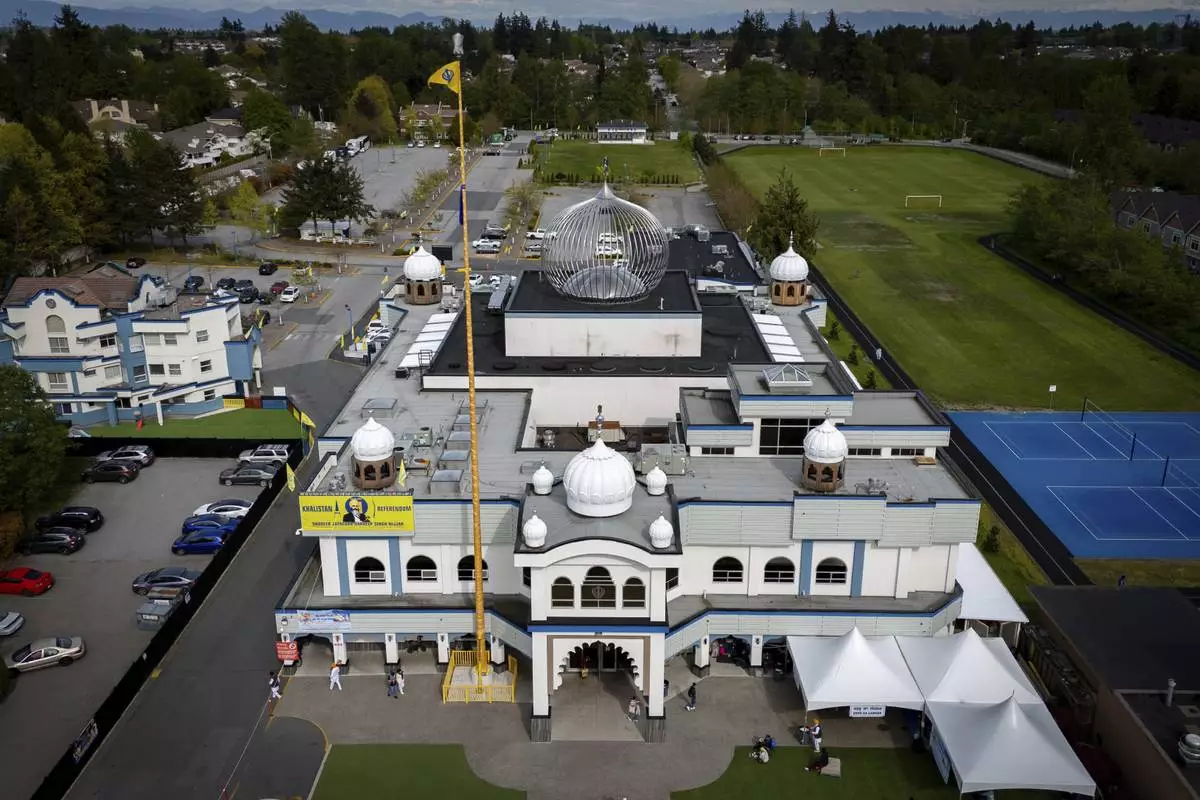
In this photograph taken with a drone, people sit on the front lawn of the Guru Nanak Sikh Gurdwara, in Surrey, B.C. on Friday, May 3, 2024. (Ethan Cairns/The Canadian Press via AP)
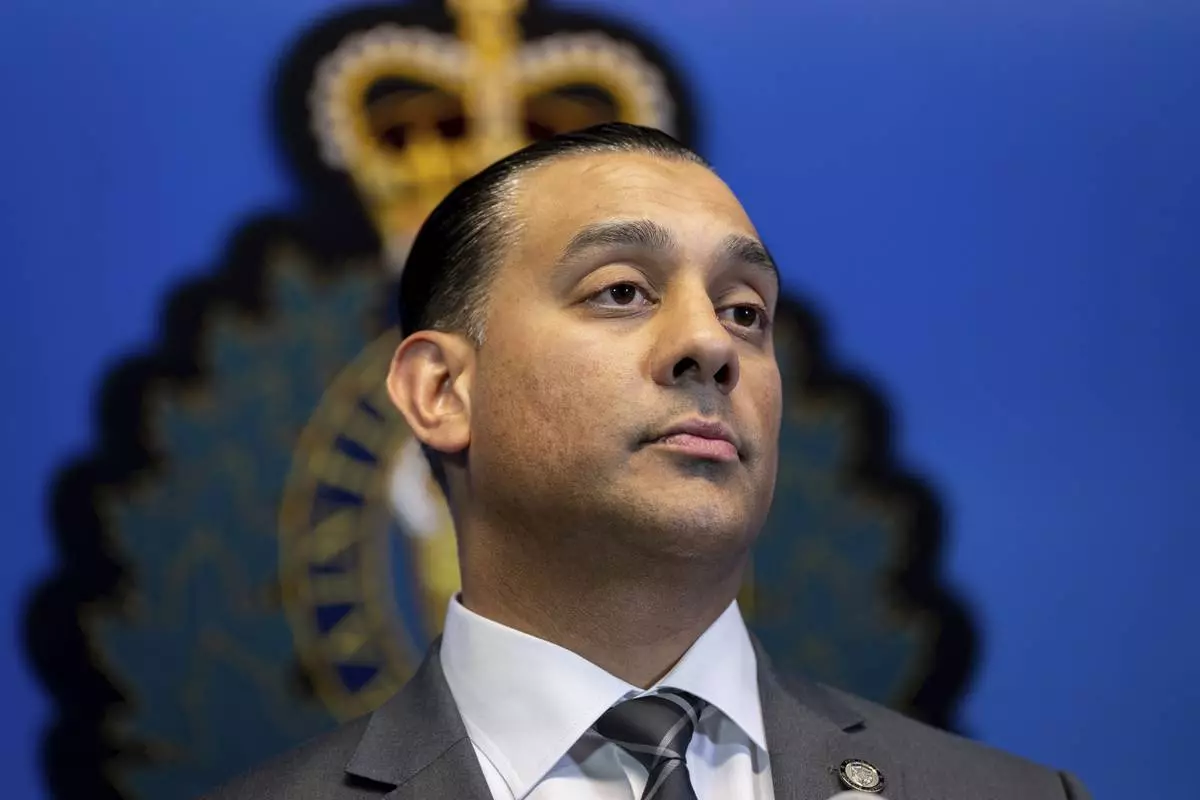
Superintendent Mandeep Mooker, Officer-in-Charge of IHIT listens to questions from media during a news conference for an update on the Hardeep Singh Nijjar homicide investigation from June 18, 2023, in Surrey, B.C., Friday, May 3, 2024. (Ethan Cairns/The Canadian Press via AP)














